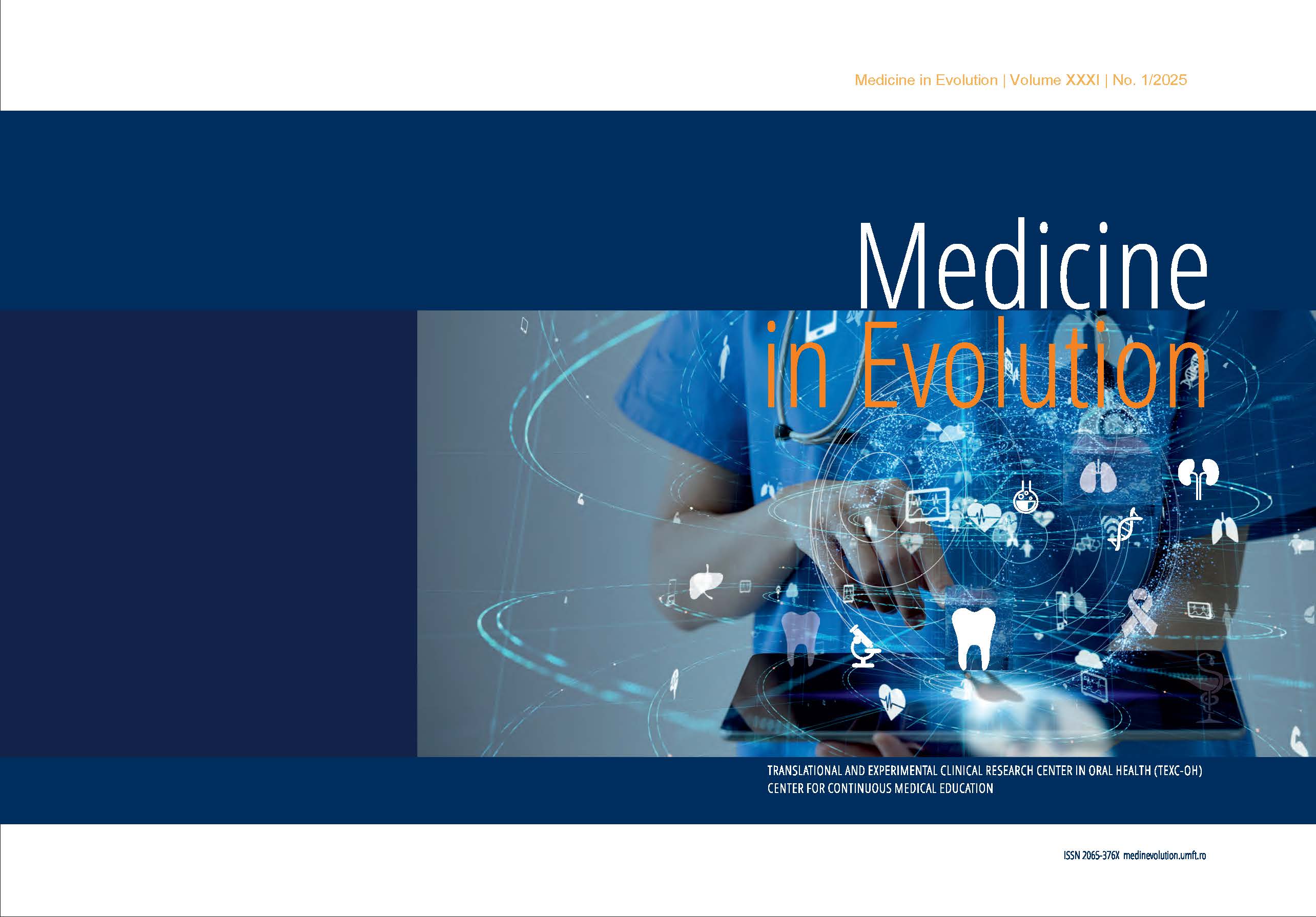Cristina Dumitrescu (Grosu)
Discipline of Toxicology, Drug Industry, Management and Legislation, Faculty of Pharmacy, "Victor Babeş" University of Medicine and Pharmacy Timisoara, 2nd Eftimie Murgu Square, RO-300041 Timisoara, Romania; Research Centre for Pharmaco-Toxicological Evaluation, Faculty of Pharmacy, “Victor Babes” University of Medicine and Pharmacy, 2nd Eftimie Murgu Square, 300041, Timisoara, Romania
Mihai Neagu
Department of Pediatric Surgery and Orthopedics, Faculty of Medicine, “Victor Babes” University of Medicine and Pharmacy Timisoara, 2nd Eftimie Murgu Square, 300041 Timisoara, Romania
Andreea Smeu
Discipline of Toxicology, Drug Industry, Management and Legislation, Faculty of Pharmacy, "Victor Babeş" University of Medicine and Pharmacy Timisoara, 2nd Eftimie Murgu Square, RO-300041 Timisoara, Romania; Research Centre for Pharmaco-Toxicological Evaluation, Faculty of Pharmacy, “Victor Babes” University of Medicine and Pharmacy, 2nd Eftimie Murgu Square, 300041, Timisoara, Romania
Andreea-Maria Cristea
Discipline of Toxicology, Drug Industry, Management and Legislation, Faculty of Pharmacy, "Victor Babeş" University of Medicine and Pharmacy Timisoara, 2nd Eftimie Murgu Square, RO-300041 Timisoara, Romania; Research Centre for Pharmaco-Toxicological Evaluation, Faculty of Pharmacy, “Victor Babes” University of Medicine and Pharmacy, 2nd Eftimie Murgu Square, 300041, Timisoara, Romania
Eugen Boia
Department of Pediatric Surgery and Orthopedics, Faculty of Medicine, “Victor Babes” University of Medicine and Pharmacy Timisoara, 2nd Eftimie Murgu Square, 300041 Timisoara, Romania
Diana- Maria Morariu Briciu
Department of Anatomy and Embriology " Victor Babes" University of Medicine and Pharmacy Timisoara Romaniae
Lavinia Vlaia
Department II-Pharmaceutical Technology, Faculty of Pharmacy, "Victor Babeş" University of Medicine and Pharmacy, 2nd Eftimie Murgu Square, RO-300041 Timisoara, Romania;
Abstract
Background: Skin cancer is a public health problem and conventional treatments lead to multiple limitations that affect patients' well-being. Fisetin and rutin are two phytocompounds that have demonstrated versatile biological properties, including anticancer effects. Methods: A431 and A375 cells were used to evaluate the two compounds and their associative treatment. For investigation, after 24 hours of treatment, cell viability was assessed by MTT technique and cell morphology was analyzed. Results: The results indicated that the associative treatment is more potent compared to the individual treatment of the agents, producing a dose-dependent decrease in cell viability and enhancing cell dimorphologies with increasing the concentration. Conclusion: Associative treatment represents a promising approach as an alternative for skin cancer, exerting a superior effect compared to individual treatment. However, future research directions should be directed towards elucidating the mechanism of action of the FIS+RUT treatment, assessing the impact in 3D experimental models, and verifying the efficacy by incorporation into different nanoformulations.

